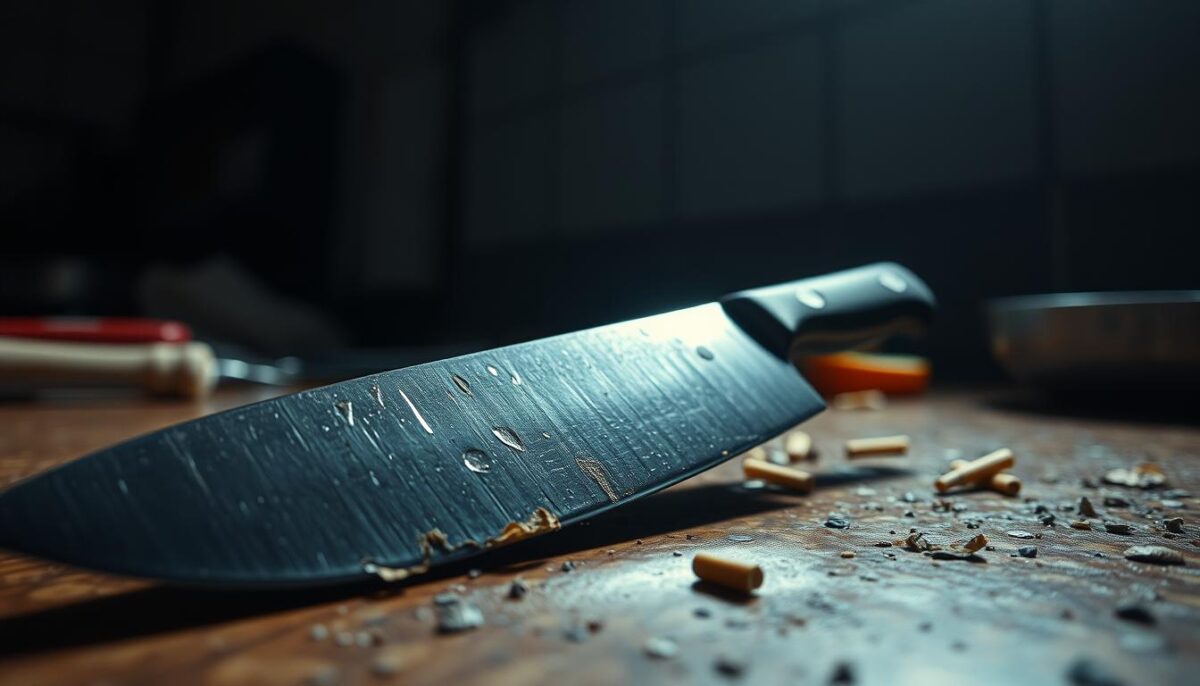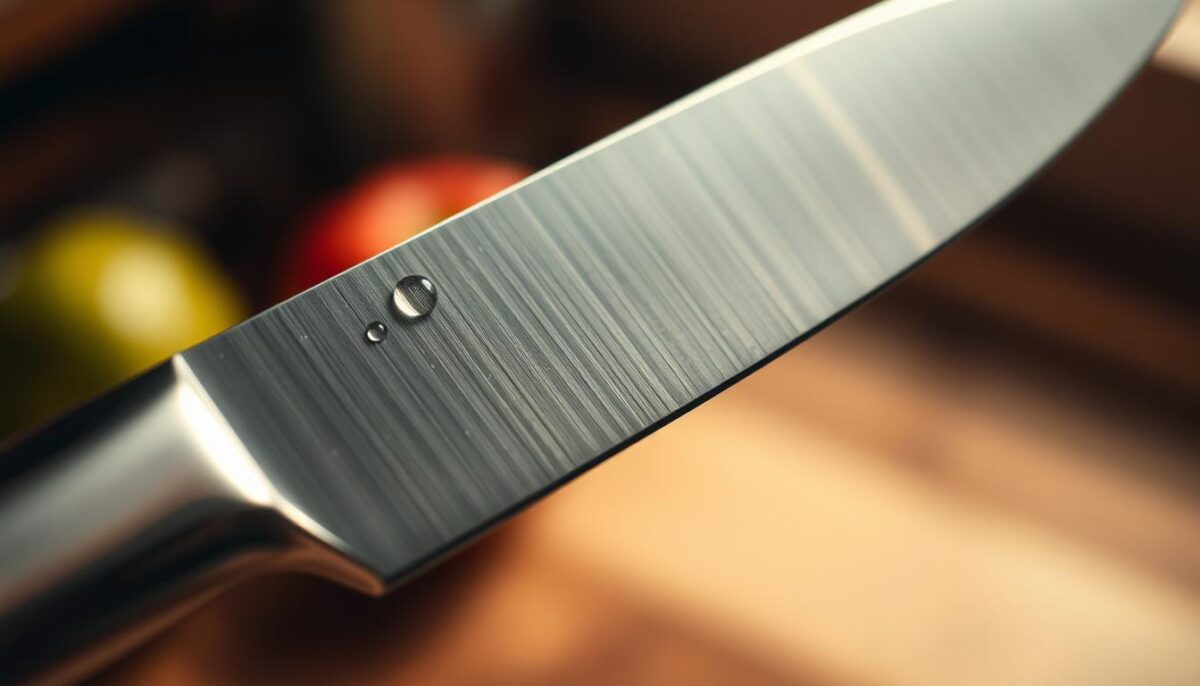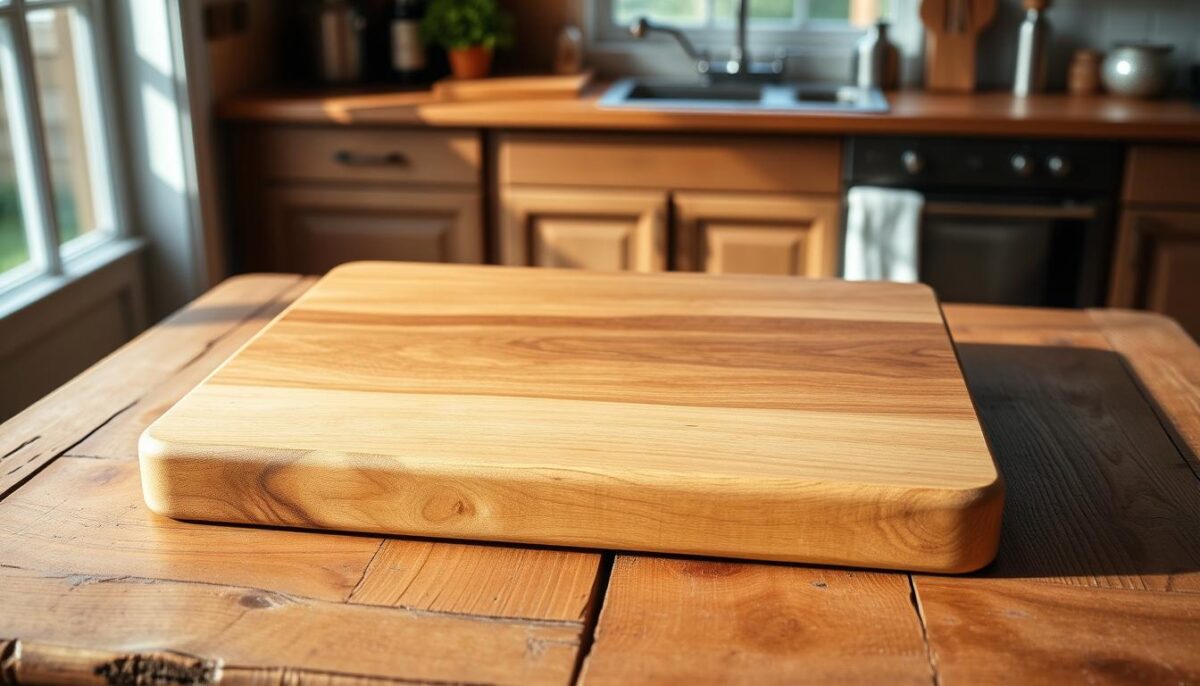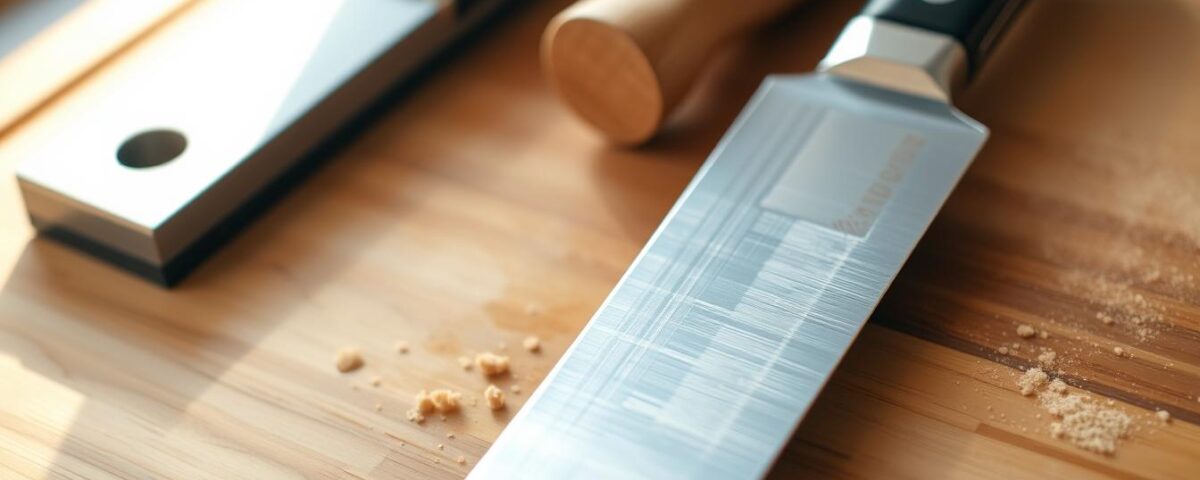
How to Keep Catering Food Hot for Hours Without Drying It Out
July 1, 2025
5 Visual Tricks to Instantly Elevate Your Food Plating
July 2, 2025As a seasoned chef, I’ve learned that a sharp knife is not just a tool, it’s an extension of your hand in the kitchen. I still remember my first culinary class, where I struggled to chop ingredients with a dull blade, wasting time and risking safety. Did you know that a dull knife is six times more likely to cause injury than a sharp one? Proper care and maintenance of your knives are crucial for both professional chefs and home cooks.
Investing in quality knives is just the beginning; proper care extends their lifespan and ensures they perform at their best. Professional chefs rely on their knives daily, and I’ve gathered their top secrets to share with you. By implementing these simple habits, you’ll not only make cooking safer and more enjoyable but also protect your investment in your kitchen tools.
Key Takeaways
- Proper knife care extends the life of your knives.
- Sharp knives are safer to use than dull ones.
- Quality knives require regular maintenance to perform well.
- Simple habits can make cooking safer and more enjoyable.
- Professional chefs rely on specific care techniques for their knives.
Why Proper Knife Care Makes All the Difference
Maintaining your kitchen knives is crucial for achieving precision and safety while cooking. A sharp knife is not only more efficient but also safer to use than a dull one. When your knives are well-maintained, they require less force to cut through ingredients, reducing hand fatigue during lengthy food preparation.
Proper care of your kitchen knives directly impacts your cooking performance. Sharp knives create cleaner cuts, resulting in more professional-looking dishes. Moreover, a well-maintained blade preserves the balance and feel that the knifemaker intended, enhancing your overall cooking experience.
- Efficient food preparation: Sharp knives make chopping and slicing easier, saving time in the kitchen.
- Reduced hand fatigue: Less force is required to cut with sharp knives, making lengthy preparations less strenuous.
- Professional results: Cleaner cuts from sharp knives improve the presentation of your dishes.
- Longevity: Properly maintained knives can last for decades, making them a valuable investment.
By caring for your knives, you not only ensure their longevity but also develop a deeper connection with your tools, enhancing your skills and confidence in the kitchen. Proper knife care is a reflection of a chef’s professionalism and attention to detail.
The Dangers of Neglecting Your Kitchen Knives
Neglecting your kitchen knives can have serious consequences, from accidents to compromised food safety. Using a dull knife is particularly hazardous because it requires more force, increasing the risk of the blade slipping and causing injuries. In contrast, a sharp knife glides through food smoothly, reducing the likelihood of accidents.

Most modern knives are made from stainless steel, which contains alloys that prevent rust. However, neglecting your knife can still lead to small rust patterns, especially near the edge where the stainless steel may have worn off. This corrosion can compromise food safety and render your knife unusable.
Improper storage can also damage your knives. When stored alongside other utensils, they can become chipped or dented. Furthermore, neglecting wooden handles can cause them to crack or warp, making the knife uncomfortable and potentially unsafe to use.
- Dull knives damage food by crushing cell structures rather than cutting them cleanly, affecting the taste and texture.
- Neglected knives require more extensive and expensive restoration compared to those that are regularly maintained.
- Poor knife care habits can transfer to other kitchen tools, creating an overall less efficient cooking environment.
By understanding these risks, you can take proactive steps to maintain your knives and ensure a safe and efficient cooking experience.
Secret #1: Clean Your Knife Immediately After Each Use
Immediate cleaning of your knife after use is a simple yet effective way to maintain its sharpness and overall health. When you cut various foods, residue can stick to the blade, potentially causing damage or contamination. By cleaning your knife right away, you prevent food particles from drying onto the blade, making the cleaning process much easier.
Dealing with Acidic Foods
Foods like lemons, tomatoes, and onions are acidic, and their acid can corrode the blade knife over time if not properly cleaned. It’s particularly important to clean your knife after cutting acidic foods, especially if you’re using a high carbon steel knife, as these are more prone to corrosion. By immediately washing your knife after use with acidic foods, you can prevent damage and maintain its integrity.
Quick Cleaning Techniques During Meal Prep
During meal preparation, it’s essential to keep your knife clean to prevent cross-contamination between different food items. A quick and effective method is to wipe your knife with a damp cloth between cuts. Many professional chefs keep a damp cloth nearby for this purpose. This habit not only keeps your knife clean but also prevents the buildup of residue in hard-to-reach areas, such as where the blade meets the handle.
Secret #2: Hand Wash with Mild Soap – Never Dishwasher
To maintain your knife‘s integrity, avoid using a dishwasher. The high heat and harsh detergents can damage both the blade and the handle.
Why Dishwashers Destroy Your Blades
Dishwashers can damage knives through excessive heat, harsh detergents, and mechanical jostling. The high-pressure water jets can cause knives to bang against other items, dulling the edge. Moreover, if your knife handle is made of wood or certain composites, the dishwasher’s heat and water can cause it to deteriorate.
The Proper Hand-Washing Technique
To clean your knife, use mild soap and warm water. Gently scrub the blade and handle with a soft sponge, then rinse thoroughly. Hand washing allows you to control the cleaning process and inspect your knife for any issues. This method preserves both the blade and the handle, ensuring your knife remains in good condition.
Secret #3: Always Dry Immediately to Prevent Corrosion
One of the most critical steps in maintaining your knife‘s longevity is drying it immediately after use. Water left on knives can lead to corrosion and rust, even on stainless steel blades if left wet repeatedly.

Drying Method
The professional drying method involves using a hand towel to wipe the knife clean as soon as you wash it. This ensures complete removal of moisture from both blade and handle, preventing water spots that can eventually lead to pitting on the blade surface.
Oiling for Extra Protection
For extra protection, you can oil your knife after drying it. Use a neutral oil and apply it with a paper towel, working towards the knife edge. This helps protect the metal from corrosion over time.
Secret #4: Choose the Right Cutting Surface
The material of your cutting board plays a vital role in keeping your knife sharp. Using the right cutting surface can make a significant difference in the longevity of your knife’s edge. I recommend opting for a wood or plastic board as they are gentle on knives.
Best Cutting Board Materials for Blade Longevity
For preserving the sharpness of your knife, consider using cutting boards made from end-grain wood, rubber, or soft plastic. These materials are gentle on the edge of your knife and help maintain its sharpness. They also provide a gentle cutting experience, reducing the risk of accidents.

Surfaces That Will Destroy Your Edge
Avoid using cutting boards made of glass, marble, granite, or ceramic as they can quickly damage your knife’s edge. These hard surfaces can cause the edge to roll or chip with each cut, leading to a dull knife. Instead, opt for a wood or plastic board to keep your knife in good condition.
Secret #5: Master the Art of Sharpening and Honing
To keep your knives in top condition, understanding the difference between sharpening and honing is key. Sharpening involves removing metal to create a new edge, while honing realigns the existing edge.
The Difference Between Sharpening and Honing
Sharpening grinds away small amounts of metal to reshape the edge of the knife, much like grinding a U into a V. On the other hand, honing simply uncurls and realigns the edge, maintaining its sharpness. Unlike sharpening, honing is a task that any home cook can and should do themselves using a honing steel or rod.
How Often to Sharpen vs. Hone
It’s recommended to hone your knife before each use to maintain its sharpness, whereas sharpening is typically done once or twice a year. Regular honing maintains the edge between less frequent sharpening sessions. Using the right tools, such as a stone or steel, is crucial for both processes.
Secret #6: Store Your Knives Properly to Maintain Edge Integrity
Storing your knives correctly is crucial for preserving their sharpness and longevity. Proper storage prevents accidental damage to knife edges from contact with other utensils. When storing, it’s essential to consider the storage method’s impact on blade longevity and edge retention.
Magnetic Strips vs. Knife Blocks
Two popular storage options are magnetic strips and knife blocks. Magnetic strips allow for easy access and display, but ensure the knives are stored with blades facing upwards to avoid injury. A knife block, on the other hand, provides a safe and organized way to store your knives, keeping them clean and within reach.
Blade Guards for Drawer Storage
For drawer storage, using blade guards is recommended to prevent contact between knives and other utensils. This method protects the edge and prevents accidents. When storing in a drawer, ensure the storage is organized to prevent overcrowding, which can damage the knife edges.
Conclusion: Implementing These Knife Care Tips in Your Kitchen
The art of knife care is not just about maintaining your tools; it’s about elevating your cooking experience. By implementing the six secrets outlined, you’ll ensure your knives remain in top condition.
Start with simple practices like proper cleaning and storage, then move to more technical skills. With knife care tips becoming a habit, you’ll enjoy a better cooking experience and safer food preparation.
FAQ
What’s the best way to clean my kitchen knives?
I recommend washing your knives by hand with mild soap and warm water immediately after use. This helps prevent corrosion and maintains the sharpness of the blade.
Can I put my stainless steel knives in the dishwasher?
While stainless steel knives can withstand the dishwasher, I advise against it. The high heat and harsh detergents can cause damage to the blade and affect its performance. Hand washing is a safer option.
How often should I sharpen my kitchen knives?
The frequency of sharpening depends on usage. I sharpen my knives every few months, or when I notice a decrease in their cutting performance. Regular honing can help maintain the edge between sharpening sessions.
What’s the difference between sharpening and honing?
Sharpening involves removing metal to create a new edge, while honing realigns the existing edge. I hone my knives regularly to maintain their sharpness and sharpen them when necessary.
What’s the best cutting board material for my kitchen knives?
I prefer using a wooden or plastic cutting board, as they are gentler on the blade than stone or metal surfaces. Wooden boards, in particular, can help maintain the sharpness of your knives.
How should I store my kitchen knives?
I store my knives in a knife block or on a magnetic strip. This keeps them organized, protected, and within easy reach. You can also use blade guards for storing knives in a drawer.
Can I use any type of soap to clean my knives?
I recommend using mild soap that’s free of harsh chemicals. Avoid using abrasive cleaners or scouring pads, as they can damage the blade or cause corrosion.



